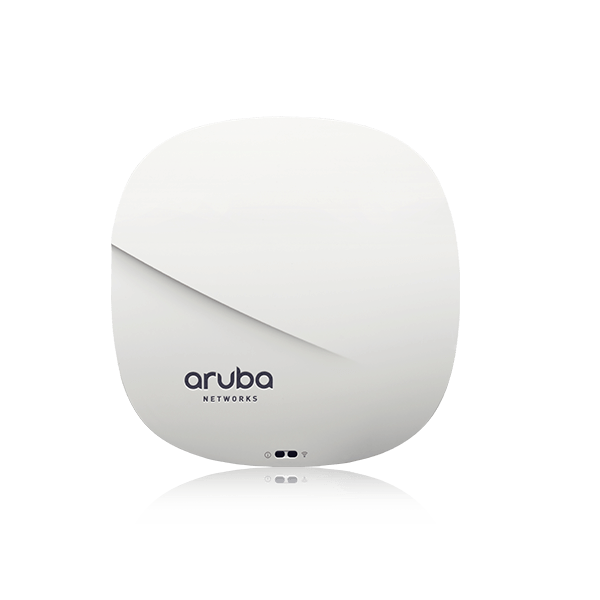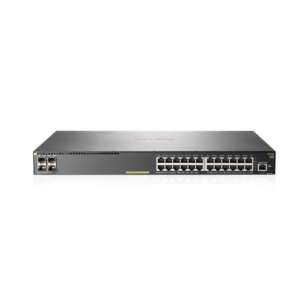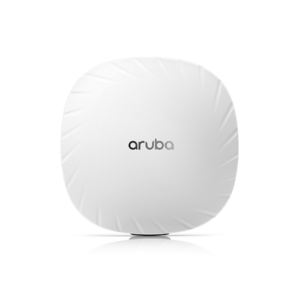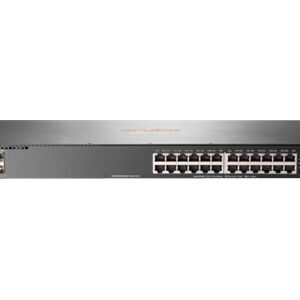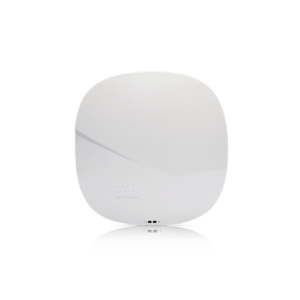Description
Overview
The Aruba 330 Series access points provide the fastest gigabit data speeds and superb user experience for mobile devices and applications in a digital workplace.
Designed with an integrated port to scale up to 5Gbps Ethernet over existing copper, the 330 Series allows enterprises to leverage their multi-gigabit Ethernet wired network infrastructures to eliminate bottlenecks.
These Wave 2 access points deliver multi-user MIMO (MU-MIMO) aware ClientMatch to boost network efficiency and support the growing device density demands on your network.
| UNIQUE BENEFITS |
|---|
|
| CHOOSE YOUR OPERATING MODE |
|---|
|
| SPECIFICATIONS |
|---|
|
| WI-FI RADIO SPECIFICATIONS |
|---|
|

